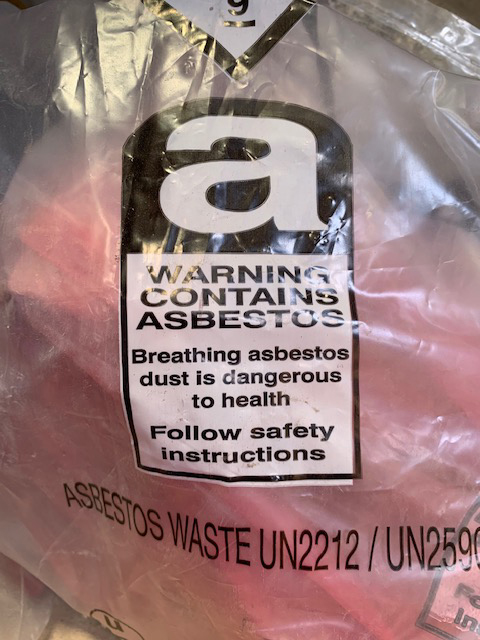Exhaustive sampling and testing for asbestos saves client £10,000s
3rd April 2024
Geoenvironmental • Specialist Services
Our Client

Preliminary-Assessment

The initial priority was to determine whether the asbestos problem was site wide, or in hotspots. This would dictate the amount of remediation required. The site needed to be divided into fifty 20sq.m grid squares with a trial pit in each, from which samples could be taken and sent for analysis.
Our Challenge
The Ground & Water Approach
 To complete the investigation, a 20 x 20m grid was laid across the site area and 50 trial pits were excavated to a depth of 1.00m bgl. A sample from each of these (at various depths) was taken for an asbestos screening, with five samples testing for a suite of contaminants. This was to confirm where the asbestos contamination was within the site.
To complete the investigation, a 20 x 20m grid was laid across the site area and 50 trial pits were excavated to a depth of 1.00m bgl. A sample from each of these (at various depths) was taken for an asbestos screening, with five samples testing for a suite of contaminants. This was to confirm where the asbestos contamination was within the site.
From this first stage of the investigation, four trial pits were noted to contain asbestos, however two of these were insignificant from quantification. This meant that two of the 20 x 20m areas within the site had to be remediated. This would normally require soil from a 20m radius from the asbestos hotspot to a depth of 600mm would have to be excavated removed and replaced. Equating to around 1,500cu.m for both hotspots, the cost for the client was considerable. We therefore recommended further works.
Ground & Water’s approach had already saved the client a huge amount of money, as the whole site no longer needed to be stripped and remediated. The cost could be reduced further with a second investigation.
The return Investigation
The focus of the return investigation was to narrow down the radius that needed to be remediated, if there was no contamination found. To determine the extent of the asbestos within the two contaminated 20m radius areas, our proposal was to take two more samples, within these areas, to try and reduce the remediation area (depending on the extent of the hotspot). This targeted sampling was undertaken and the samples at various depths were sent to the lab to undergo asbestos screening.
The Outcome